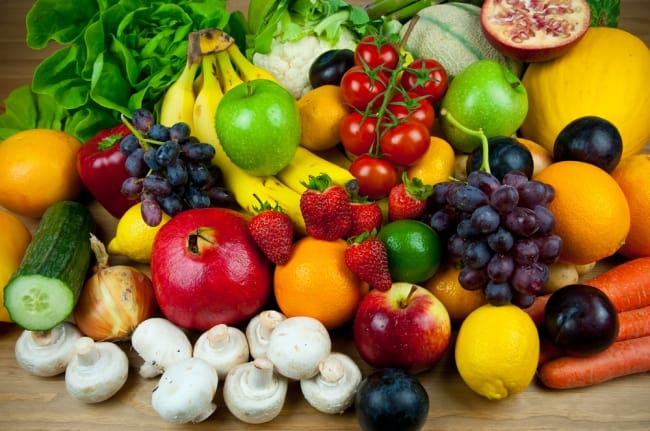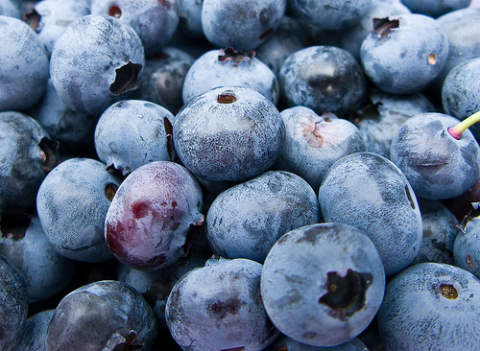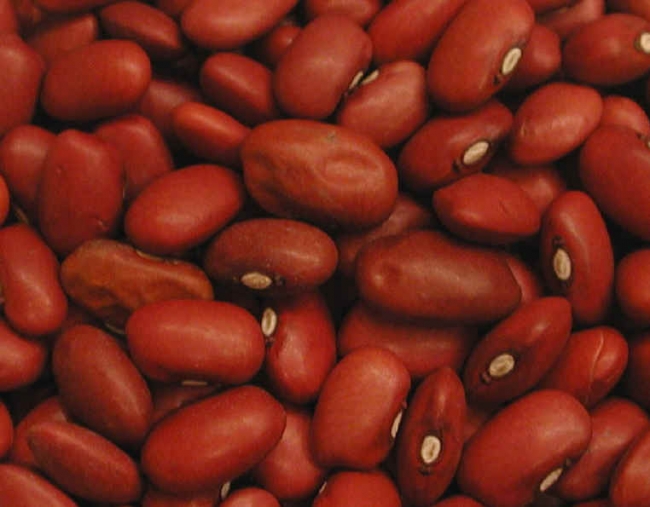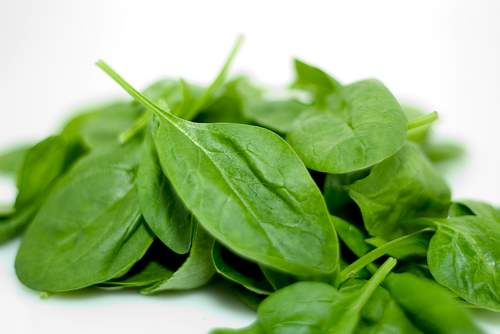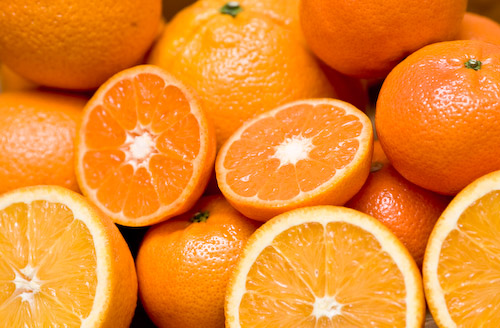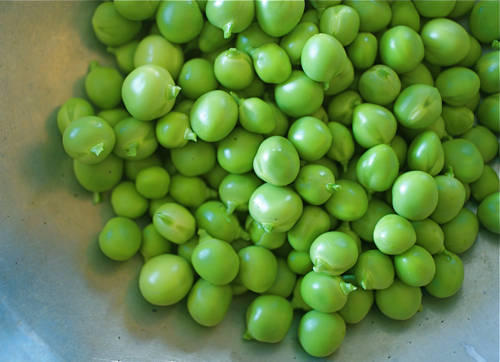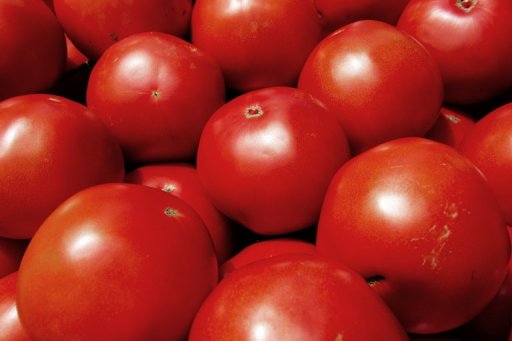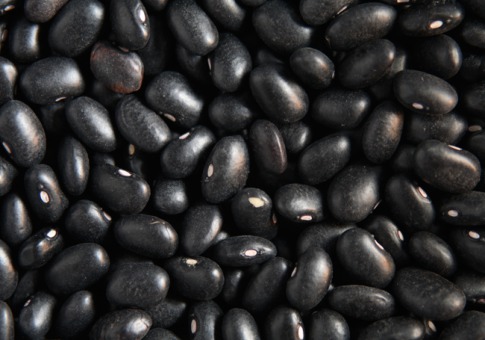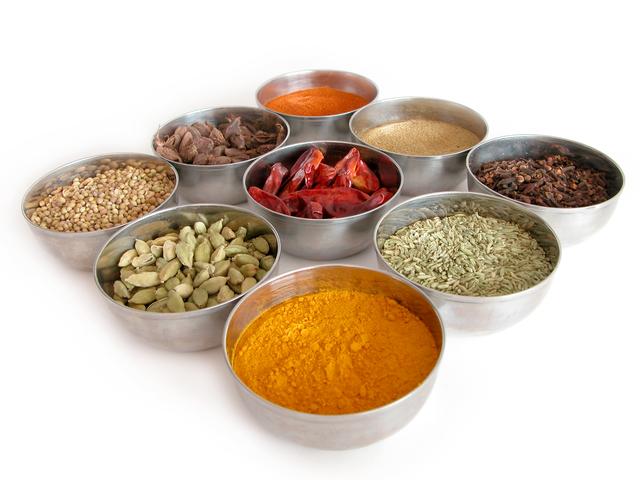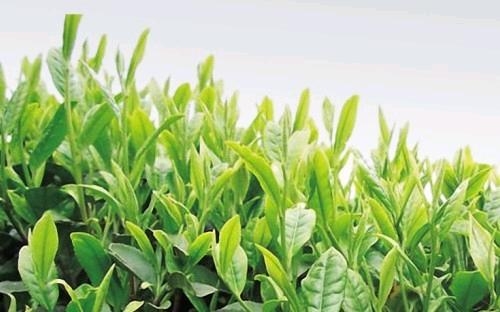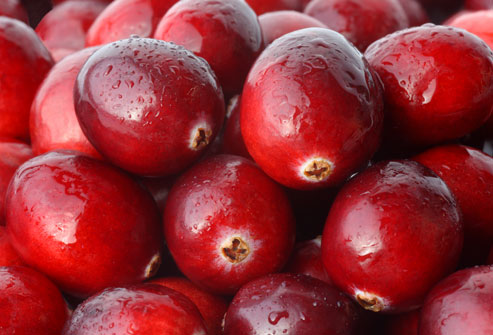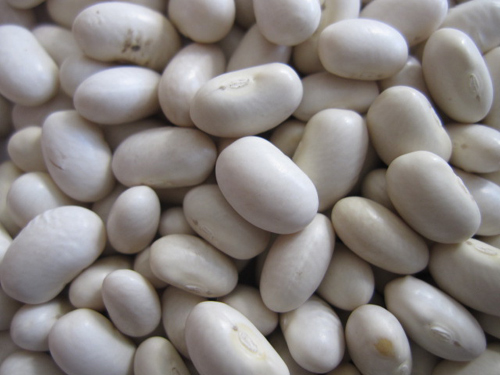Antioxidants are agents that scavenge free radicals. They prevent the formation of free radicals and repair the damage caused by them. The free radicals cause damage to cell, tissues and organs. The antioxidants helps to reduce cholesterol levels in the blood, macular degenerative disease and cancers related to lung, cervix, bladder, prostate and skin. They also slow down aging. Some of the antioxidants can be obtained from food while some others are synthesized by the body. Some of the food sources that are rich sources of antioxidants are wild blueberries, small red beans, spinach, oranges, green peas, tomatoes, black beans, spices, green tea, cranberries and white beans.
Wild blueberries
The powerful antioxidants found in wild blueberries are flavonoids and other polyphenolic compound such as anthocyanins. Wild blueberries have higher anthocyanin content than other fruits and vegetables. Wild blue berries are also rich in riboflavin, thiamin, ascorbic acid and vitamin A. The antioxidant ability of polyphenols is due to the hydrogen donating capability of phenolic group. Free radical attack on neural cells leads to neuro-degeneration resulting in a number of disorders such as Alzheimer’s disease, parkinson’s disease and also aging. The daily intake of phenolic compounds and flavonoids up to 1g is not uncommon. Blueberries contain small quantity of the chemical called tannins. Over and prolonged consumption of bluberries leads to high level of tannins resulting in liver and kidney damage. Blueberries serve as the great food for men with erectile problems, it also helps women in regulating hormones.
Small red beans
The antioxidants present in small red beans are phenol and anthocyanins. These antioxidants give small red bean coats their color. Small red beans are also rich in vitamin B, zinc and magnesium. Anthocyanin scavenge the free radicals and protects the cells from cell death. The antioxidants in small red beans function against arteriosclerosis and eyesight problems.They are also involved in the prevention or treatment of cancer,coronary heart diseases and gout. They also have a significant role in treating bladder infections and urinary tract infections. The recommended intake of anthocyanins in humans is 180 to 200 mg/day. Side effects usually occur by the consumption of raw red beans. The beans contain the toxic substance called the phytohaemagglutinin which causes vomiting, dizziness, diarrhea. People allergic to beans should avoid its consumption.
Spinach
Spinach’s dark green leaves are significant sources of antioxidants. The antioxidant property of spinach is credited to lutein, zeaxanthin and carotenoids. The major vitamins present in spinach include vitamin K, vitamin C, vitamin B6. Besides these, folate, manganese, potassium and magnesium are also present in spinach. Antioxidants have a major role in protection from numerous diseases like heart disease and cancer. It also helps in the regulation of the immune system. Spinach is rich in antioxidant beta-carotene which helps in reducing the risk of age-related macular degeneration in nonsmokers. The antioxidants lutein and zeaxanthin play an important role in the protection of eyes from damage, and may also reduce the risks of cataracts. The daily recommended allowance is 15-30 mg. The side effects of over consumption of spinach is gas formation.
Oranges
Oranges are abundant sources of the powerful antioxidant vitamin C . Vitamin C also known as ascorbic acid can reduce and neutralize the free radicals such as hydrogen peroxide. Excessive free radicals cause DNA damage and cancer. In the aqueous environment of digestive system, the antioxidant prevents DNA mutation thus reducing the chance of colon cancer. A medium-sized orange contains approximately 70 mg of vitamin C. The recommended daily intake of vitamin C is 40 mg, so a single orange would be adequate. Since vitamin C being a water-soluble vitamin, the excessive quantity if consumed is urinated. Typically there are no side effects from eating oranges, as fruits have a low glycemic index. Although diabetic people can metabolize the fruit sugars, excess intake should be avoided.
Green peas
Green peas are good source of vitamins, fiber, proteins and also antioxidants. These are rich in antioxidant glutathione. Glutathione has antioxidant property because of the thiol group in its cysteine moiety .The thiol group in the cysteine being a reducing agent can be reversibly oxidized and reduced. Deficiency of glutatione results in oxidative stress, which in turn causes a wide range of neurodegenerative disorders, cystic fibrosis (CF), and also aging. About 50-100 mg of glutathione can be taken daily . There are no side effects associated with glutathione or green peas. Only people allergic to peas can avoid its consumption.
Tomatoes
Tomato is a rich source of the powerful antioxidant lycopene. Lycopene helps in scavenging oxygen-free radicals. It also reduces the oxidation of low density lipoprotein (LDL) and reduces serum lipid oxidisation. It is also found to reduce cholesterol levels in the blood, macular degenerative disease and cancers related to lung, cervix, bladder, prostate and skin. High concentrations of lycopene increases sperm count and improve fertility in men, and decreases the chance of cervical cancer in women. There are no side effects of taking lycopene obtained from tomatoes. The daily recommended intake of lycopene is 35 mg. People with acidity and allergy should avoid the consumption of tomatoes.
Black beans
Black beans are rich in vitamin B, folic acid, thiamin, phosphorous, magnesium, manganese, etc. The antioxidants present in black beans are anthocyanin flavonoids namely delphinidin, petunidin, and malvidin. These three pigments give the black beans its rich black color. Kaempferol and quercetin are the other flavonoids present in the black beans and the poly phenols. These antioxidants eliminate the free radicals and protects the immune system. The antioxidants in black bean help in the prevention of gastrointestinal disorders, diverticulitis and other chronic diseases. The indigestible fraction in black beans helps the bacteria present in the colon to produce butyric acid which in turn help in the proper functioning of the lower digestive tract, thereby reducing the risk of colon cancer. Black beans also enriched with phytochemicals which account for the prevention of cancer and other chronic diseases. Side effects usually occur by the consumption of raw beans.
Spices
Spices like turmeric, cinnamon, pepper, cloves, etc. are great source of antioxidants. The curcumin which gives turmeric its color manage the enzymes involved in the protection of
brain against cellular oxidation, which is the major cause of brain damage and neurodegenerative diseases. The antioxidants present in spices also help in slowing down aging. Clove which is a rich source of antioxidants serves as a remedy for bronchitis and asthma. Oregano which is rich in antioxidant help to protect us from wide range of infections. Another antioxidant rich spice ginger help to minimize arthritis. Side effects associated with the spices are that they cause stomach ache and acidity in stomach to sensitive people. Some people are allergic to some of the spices.
Green tea
Green tea is found to contain a powerful antioxidant catechin. Epigallocatechin gallate (EGCg) is the most powerful catechin responsible for antioxidant property. An injury to the artery wall or when free radicals attacks the artery wall, plaque formation occurs leading to obstruction in the blood stream. Catechin scavenge these free radicals and protect the artery wall. Catechin also ensures the lowering blood pressure, and cholesterol levels, thus reducing stress and maintains the heart healthy. It is also found to defend cancer, help in weight loss, and slows aging. Green tea has caffeine, therefore people with sleeping difficulties should avoid its intake. Pregnant women and breast-feeding mothers should also avoid green tea as the caffeine can be passed to the baby causing adverse effects and developmental issues.
Cranberries
The powerful antioxidants found in cranberries are anthocyanins. Cranberries are also rich in ellagic acid, quercetin, selenium, resveratrol. Vitamin A and ascorbic acid are also found in cranberries. Cranberries are believed to hinder the urinary tract infections in women. The proanthocyanidins present in the cranaberries have a unique structure that prevent the attachment of bacteria on to the lining of the urinary tract, thus protecting the urinary tract. Antioxidants in cranberries are also known to confront cancer and certain food borne pathogens. Cranberries are also found to improve prostate health in men. Over and prolonged consumption of cranberrries may lead to kidney stones. People suffering from calcium-oxalate stones should avoid the consumption of cranberries.
White beans
The antioxidants present in white beans are vitamin B, vitamin E and ascorbic acid. Vitamin B folate is the powerful antioxidant present in white beans. Folate plays a major role in protecting the DNA against oxidative damage. Deficiency of folate increases the chances of breast and pancreatic cancer. The daily recommended allowance is 400 mcg per. Beans are also rich in minerals like zinc and selenium. Alpha tocopherol, gamma tocophero and delta tocopherol molecules of the vitamin E, a powerful antioxidant which protects the immune system. Side effects usually occur by the consumption of raw beans. People allergic to beans should avoid its consumption.


